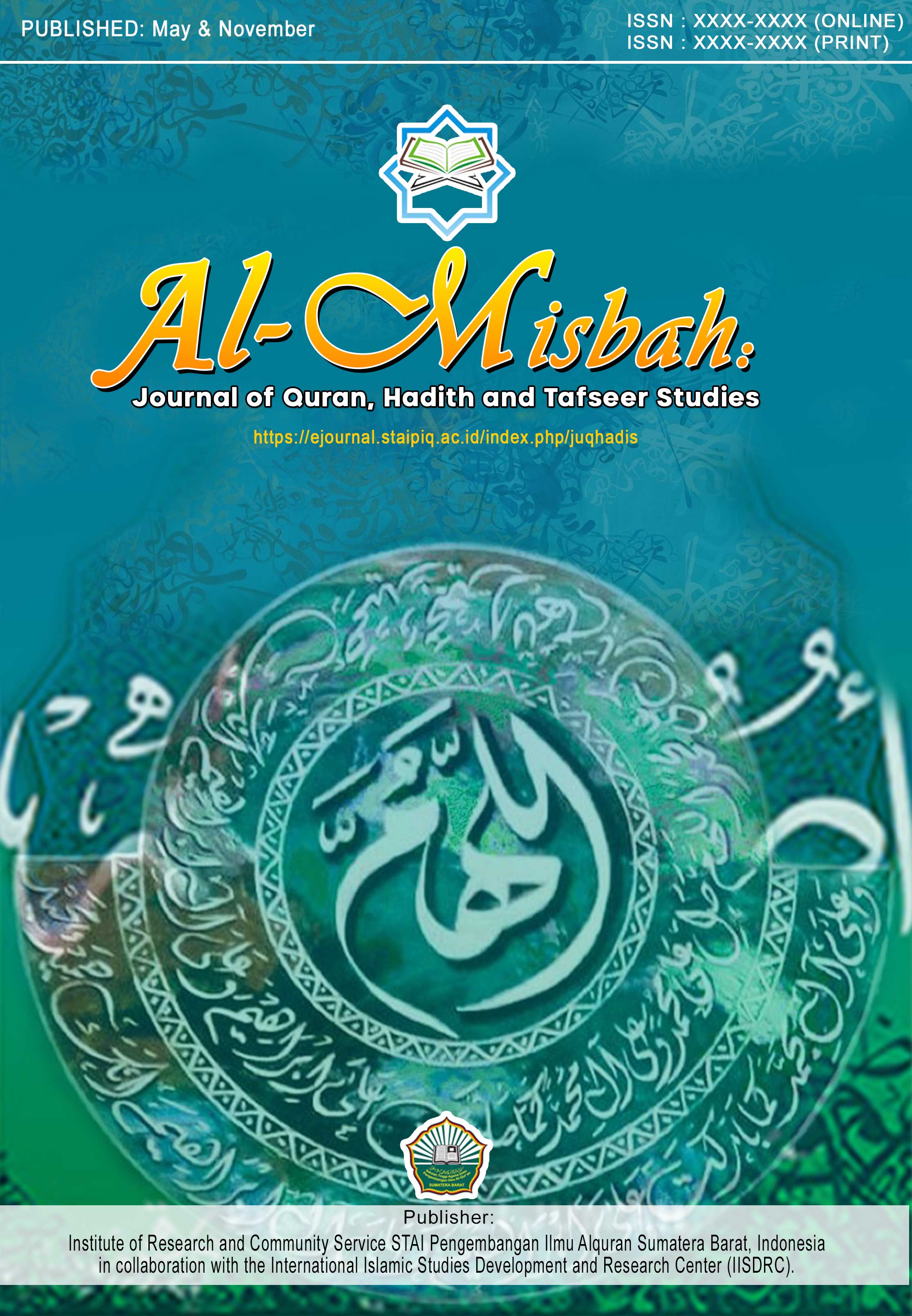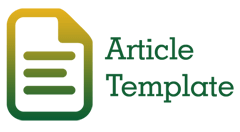Mapping Trends In The Use Of The Theory Of Cognitive Dissonantion (Proposition of Alternative Approaches in the Study of Al-Qur’an Interpretation)
Keywords:
Cognitive Dissonantion, Al-Qur’an InterpretationAbstract
This study aims to map the main trends and themes in the study of cognitive dissonance based on the analysis of articles from various international journals. Mapping is done based on the year of publication and the thematic focus of studies that apply cognitive dissonance theory. The results of the study show that the use of this theory has increased significantly in the last three years, namely in 2022, 2023, 2024, and 2025. The trend of utilizing cognitive dissonance theory is mainly found in the fields of sociology, psychology, politics, and economics. However, no research has been found that applies this theory in religious studies, especially in the study of the interpretation of the Qur'an. Therefore, this study offers a new approach by integrating cognitive dissonance theory in discourse analysis and the dynamics of the interpretation of the Qur'an as a contribution to the development of methodology in Islamic studies.
Downloads
Published
How to Cite
Issue
Section
License
Copyright (c) 2025 Farid Fauzi, Nurus Shalihin, Firdaus, Hadi Musolin

This work is licensed under a Creative Commons Attribution-ShareAlike 4.0 International License.







